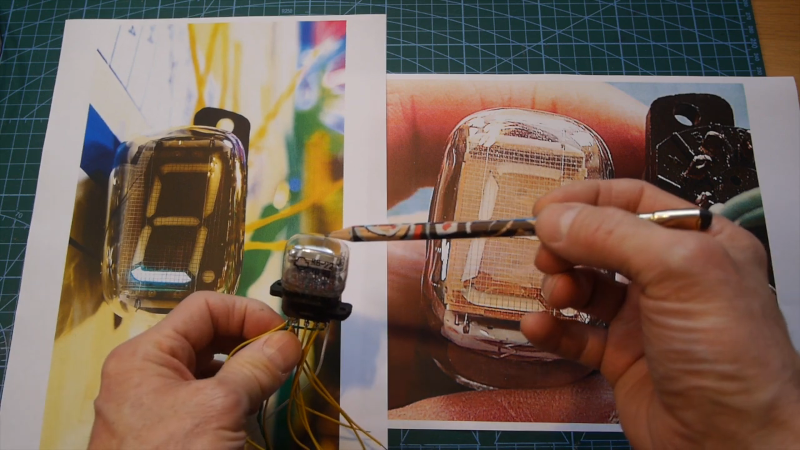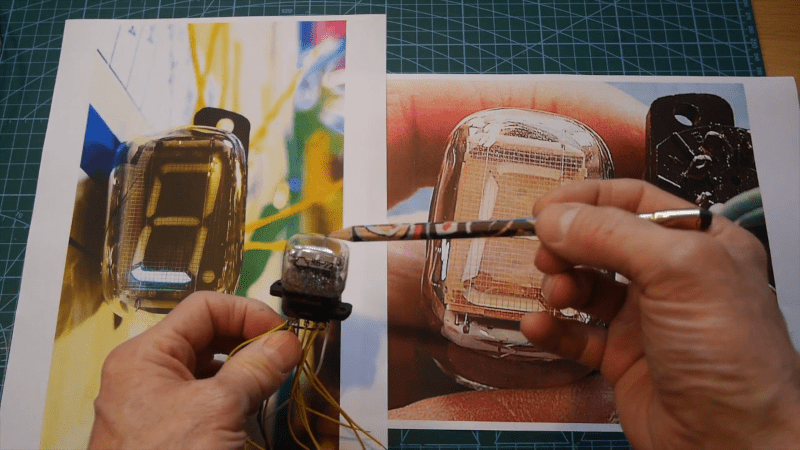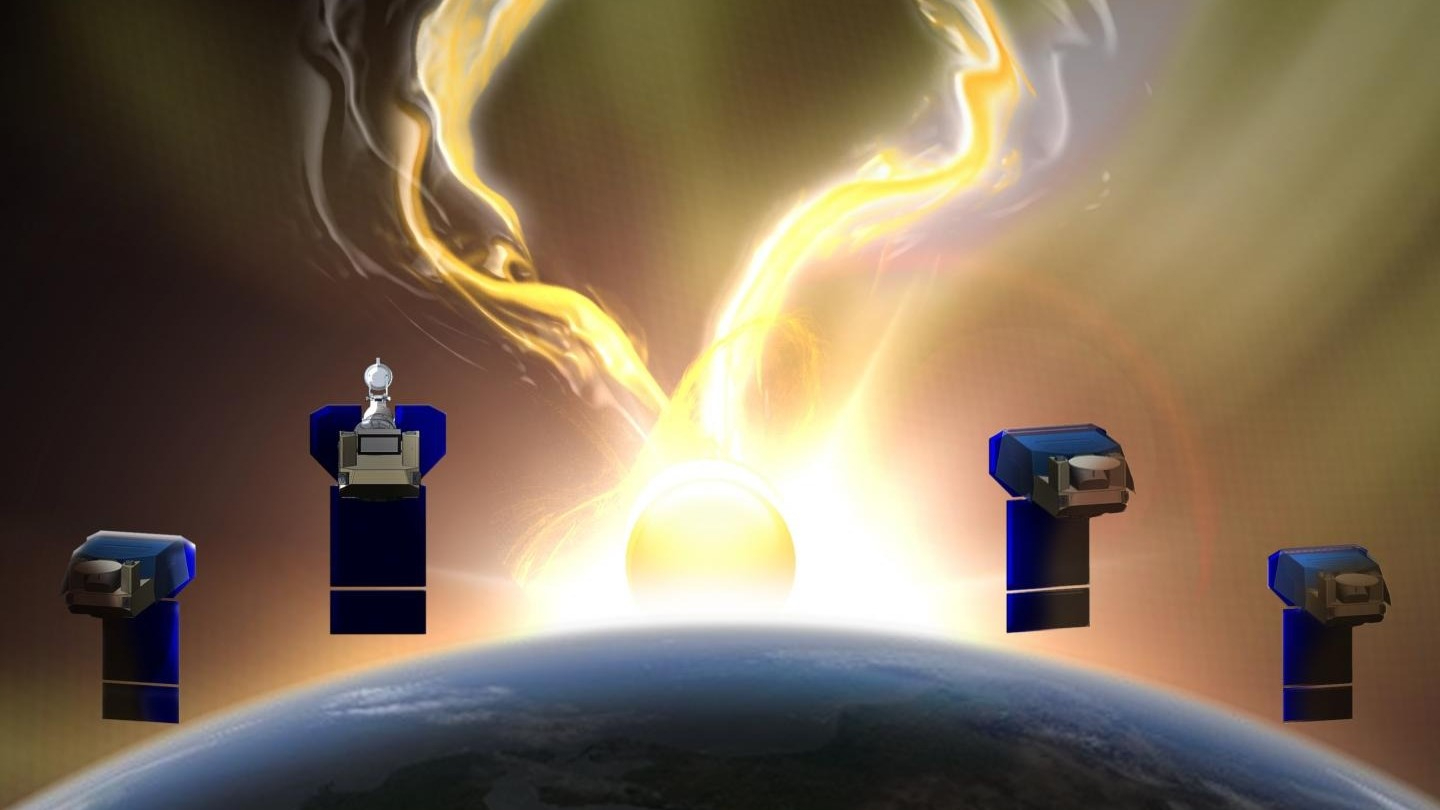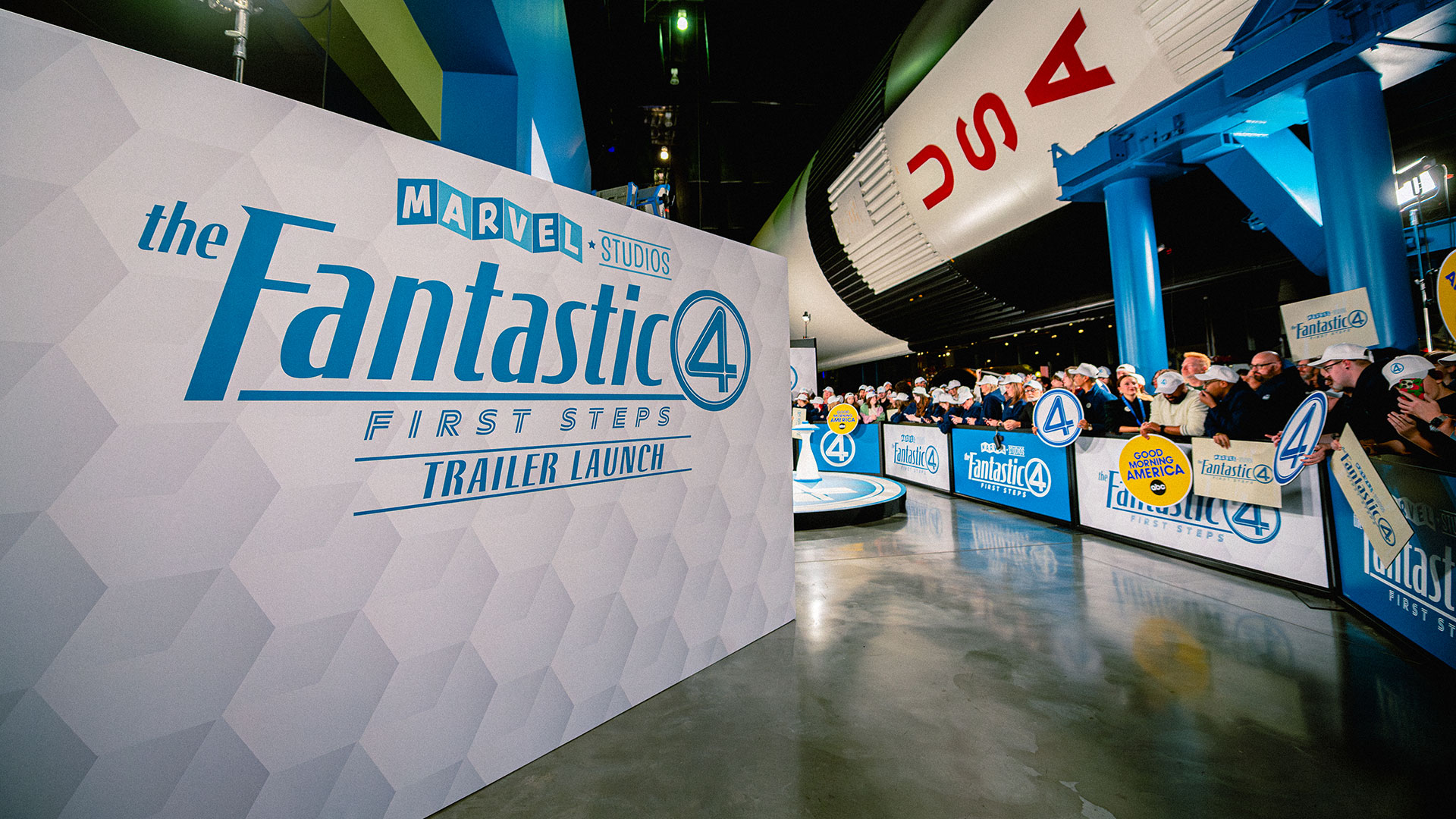Inside Vacuum Fluorescent Displays
VFDs — vacuum fluorescent displays — have a distinctive look, and [Anthony Francis-Jones] is generally fascinated with retro displays. So, it makes sense that he’d build a VFD project as …read more


VFDs — vacuum fluorescent displays — have a distinctive look, and [Anthony Francis-Jones] is generally fascinated with retro displays. So, it makes sense that he’d build a VFD project as an excuse to explain how they work. You can see the video below.
VFDs are almost miniature CRTs. They are very flexible in what they display and can even use color in a limited way. The project [Anthony] uses as an example is an indicator to show the video number he’s currently making.
The glass display is evacuated and, like a tube, has a getter to consume the last of the gas. There’s a filament that emits electrons, a grid to control their flow, and anodes coated with a fluorescent material. Unlike a regular tube, the filaments have to operate cool so they don’t glow under operation.
When the grid is positive, and the anode is also positive, that anode will glow. The anodes can be arranged in any pattern, although these are made as seven-segment displays. The filament on the tubes in this project runs on 1.5V, and the anodes need about 25V.
The project itself is fairly simple. Of course, you need a way to control the 25V anode and grid voltages, but that’s easy enough to do. It is possible to make VFDs in unusual character shapes. They work well as light sources for projection displays, too.

















_Agata_Gładykowska_Alamy.jpg?#)























































